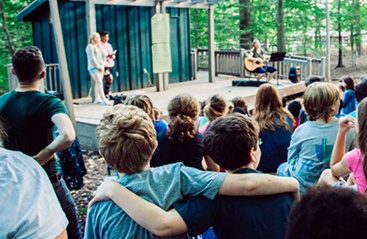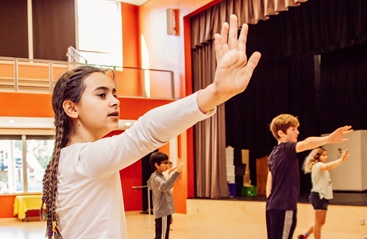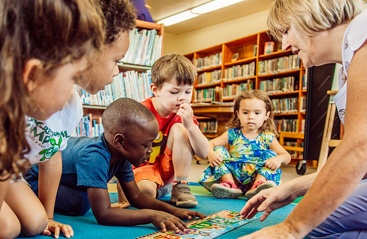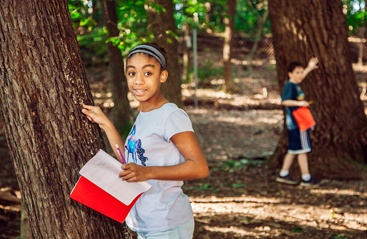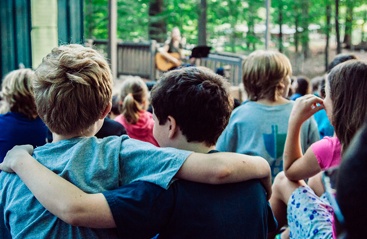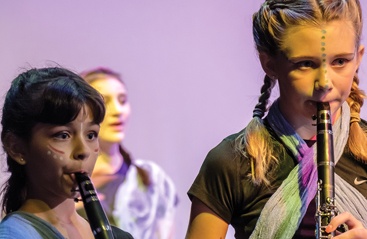
Lower School
Welcome to Burgundy Farm Country Day School! This is a wonderful, unique place for children to learn and grow. Children spend their days engaged in discovery, grappling with new challenges, and reveling in a community that encourages risk-taking and values their voice. We invite you to look through our program highlights below, read more about our curriculum, and set up a time to visit our school.
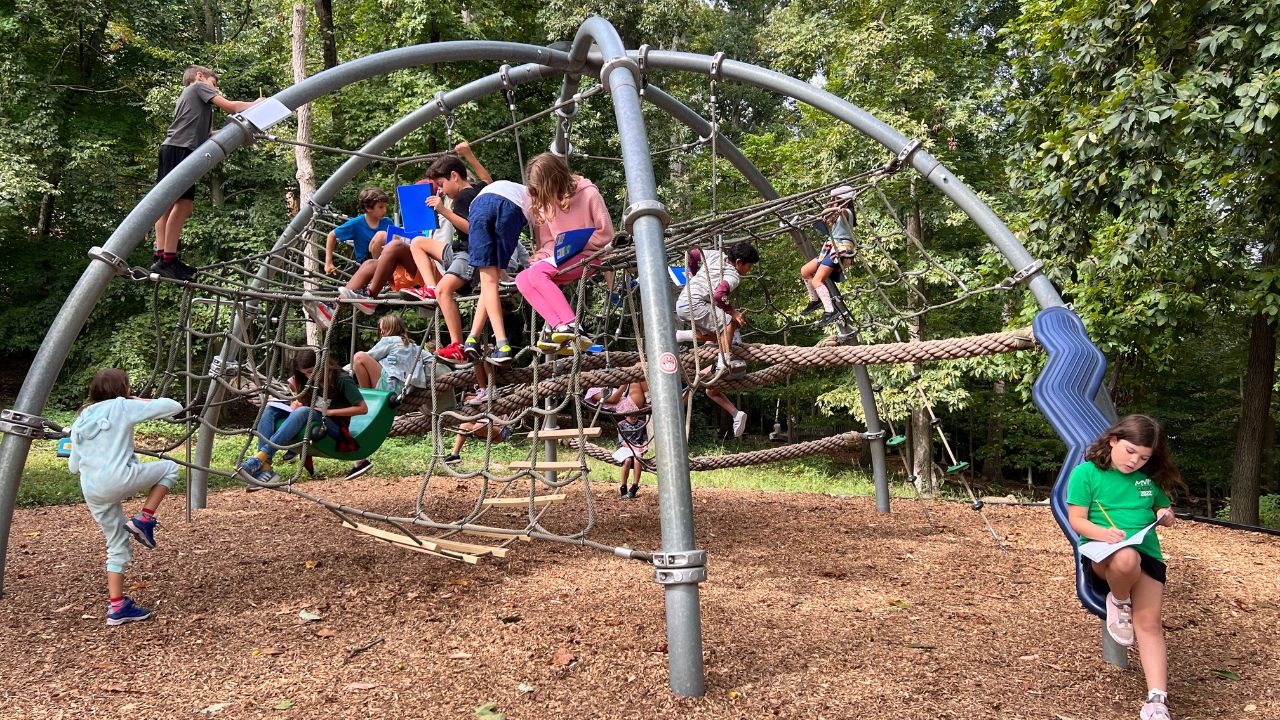
Second/Third Grade at Burgundy
Children in Second and Third grades are eager to learn and take on new responsibilities. Our goal is to encourage this development by guiding their growth toward becoming independent and confident learners, as well as involving them in cooperative group projects and problem-solving activities. We want to continue to develop their sense of wonder and guide them in learning to evaluate their own progress.
There are approximately 28-30 students in each grade level class with two co-teachers and a full-time lower school Science teacher who works with students in grades 2-5. Students loop with their teachers for two years, which allows strong relationships to form and for teachers to better honor the development of each child. Homeroom-based studies includes language arts, social studies, and social and emotional learning. Instruction is offered in a variety of formats: half class, small group, individual instruction and occasionally, whole class. Mindful and flexible grouping is based on student readiness, interest, and/or learning style. For more information on multi-age teaching at Burgundy click here.
Fourth/Fifth Grade at Burgundy
The Fourth and Fifth Grade program is designed to provide a solid academic foundation for students’ transition to the upper grades, to build upon students’ intellectual curiosity and promote respect for themselves and others. It is an exciting time on their educational journey as their academic skills and intellectual capacity make them ready for more advanced learning. There are two separate 4/5 multi-age classes. There are approximately 28-30 students in each class, each with roughly half Fourth and half Fifth Graders. Students learn in mixed-age groups for most of their homeroom-based studies including language arts, social studies and social and emotional learning. Math is usually taught in groups assigned by grade level. Instruction includes a blend of whole-class, group, and individual instruction. Mindful and flexible grouping is based on student readiness, interest, and/or learning style. There are a total of five teachers in 4/5, two full-time teachers in each classroom and a full-time science teacher. For more information on multi-age teaching at Burgundy click here.
We are so pleased with the whole-child education our daughter is experiencing at Burgundy Farm Country Day School. The focus on social, emotional, and academic learning encourages and supports each child to grow into their own unique self with great appreciation and respect for the world around them. The active and organic nature of the environment truly instills a love of exploration and learning in each and every child. From the classroom, to the campus, to the community, Burgundy is a unique and magical treasure for the children and their families.
– Jane H. T. and Michael S., current parents
Inquire Now
Burgundy is a one-of-a-kind independent school for Junior Kindergarten through 8th Grade. We believe children learn best in an inclusive, creative, and nurturing environment that engages the whole child.
3700 Burgundy Road
Alexandria, VA 22303
703.960.3431
Accredited by: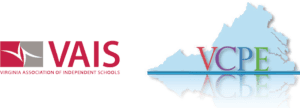
Affiliated with: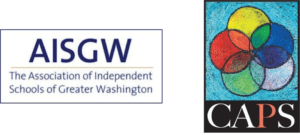
Partners with:
©2025 Burgundy Farm Country Day School
Designed and developed by The Design Channel![]()

